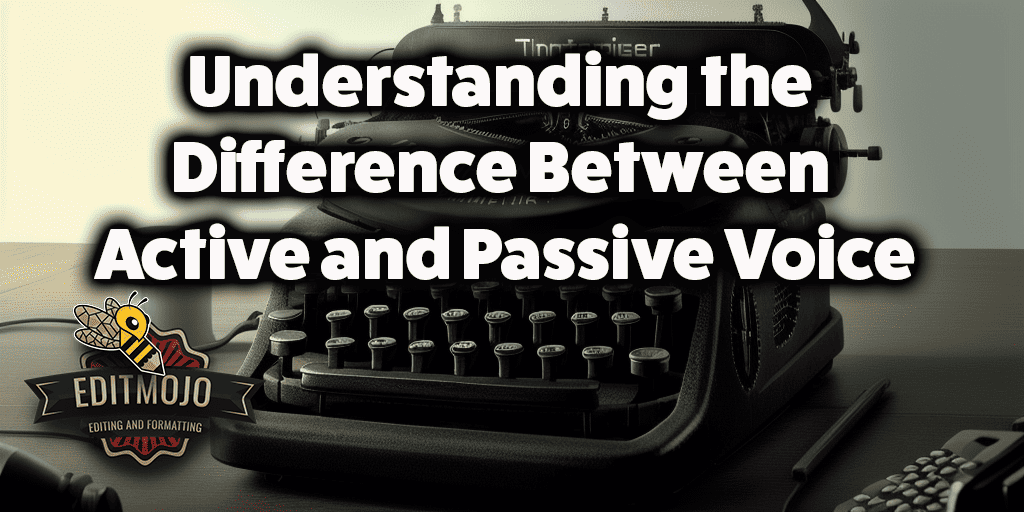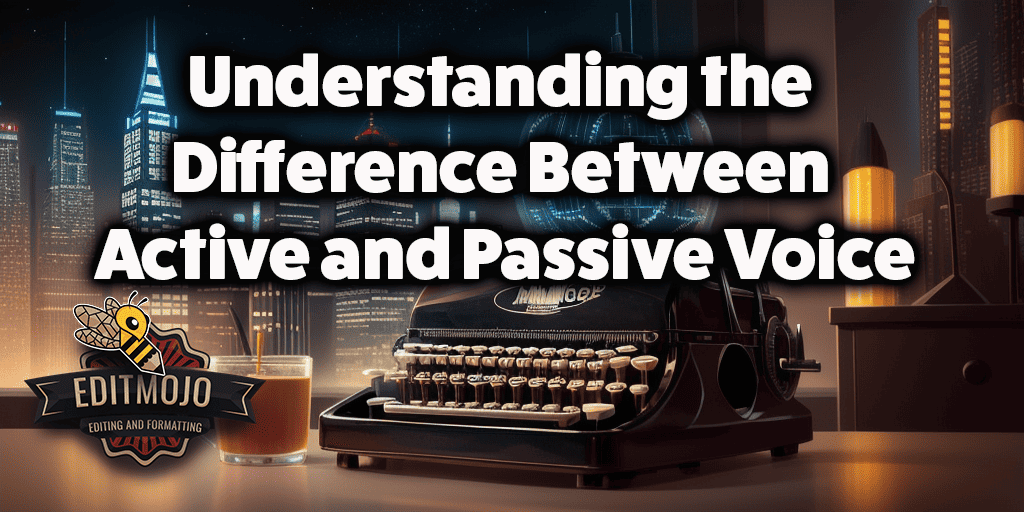Understanding the Difference Between Active and Passive Voice
Understanding the Difference Between Active and Passive Voice. Do you ever wonder why some sentences simply pop off the page while others seem to just lay there, lifeless? Have you ever found yourself lost in a sea of monotony while reading a text and wondered, “What’s missing here?” The answer may lie in the voice of the sentences—more specifically, in understanding the difference between active and passive voice.
Key takeaways:
| Active Voice | Passive Voice | |
|---|---|---|
| Definition | The subject of the sentence performs the action. | The subject of the sentence is acted upon by an outside force. |
| Example | Hemingway wrote “The Old Man and the Sea.” | “The Old Man and the Sea” was written by Hemingway. |
| Usage | Preferred in journalistic and business writing due to its directness and clarity. | Common in scientific and legal writing where the action is often more important than the doer. |
| Advantages | More engaging, clear, and concise. | Useful when the doer is unknown, irrelevant, or you want to emphasize the action over the actor. |
| Conversion Technique | Identify the verb and the doer in the passive sentence. Make the doer the subject of the active sentence. | Identify the subject and the doer in the active sentence. Make the subject the receiver of the action in the passive sentence. |
| Role in Writing | Creates a vibrant, dynamic narrative. | Can create suspense, highlight the action or the object, or focus on the result rather than the doer. |
| Resource | Grammarly’s Article | Grammar Girl’s Guide |
What is “Voice” in Writing? (Grammar)
Before we dive into the murky waters of active and passive voice, let’s first clear up what we mean by “voice” in writing. No, it doesn’t refer to your choice of singing in the shower, but rather the relationship between the subject and the verb in a sentence. The voice can drastically change the tone, clarity, and engagement of your writing.
Understanding the difference between active and passive voice is a crucial aspect of mastering English grammar and enhancing your writing skills. It’s the secret sauce that can transform your writing from a static, flat landscape into a dynamic, vibrant world.

The Active Voice: The Hero of Your Story
In the active voice, the subject of the sentence is the doer of the action. It’s the superhero, the protagonist, the star of the show. Here, the subject actively performs the action of the verb. For instance:
Hemingway wrote “The Old Man and the Sea.”
Notice how Hemingway (the subject) is actively doing the writing (the action). This is the hallmark of active voice. It’s direct, it’s engaging, and it’s concise.
The Passive Voice: The Unsung Hero
On the other hand, in the passive voice, the subject of the sentence is the receiver of the action. The subject is acted upon by some other agent or by something unnamed. For example:
“The Old Man and the Sea” was written by Hemingway.
In this case, “The Old Man and the Sea” (the subject) is being acted upon by Hemingway. Passive voice is often criticized for being less direct and a bit wordy, but it has its time and place. It’s perfect when you want to emphasize the action over the doer, or when the doer is unknown or irrelevant.
Active vs Passive Voice: The Great Debate
Is one voice better than the other? Well, that’s like asking if chocolate is better than vanilla. It depends on the context, the purpose of your writing, and your audience.
As a general rule, active voice is often preferred for its clarity and conciseness. It makes your writing more engaging and easier to follow, which is why it’s commonly used in journalistic and business writing.
Passive voice, however, is not the villain it’s often made out to be. It’s widely used in scientific and legal writing where the focus is often on the action or result rather than who performed the action. This article by Grammarly provides a great overview of when to use each voice.

Taking Control of Your Voice
Now that you understand the difference between active and passive voice, the power is in your hands! By consciously choosing the voice of your sentences, you can take control of your narrative. You can set the mood, highlight what’s important, and guide your reader through your text.
Remember, becoming a better writer is not about rigidly sticking to one voice over the other. It’s about understanding your tools and knowing when and how to use them effectively.
Mastering the Switch: From Passive to Active
Recognizing and converting passive sentences into active ones can significantly improve the engagement factor of your writing. Here’s how you can do it:
- Identify the verb: Is it an action being done to the subject? If yes, you have a passive sentence.
Passive: The cookies were eaten by the kids.
- Find the doer of the action: Who is performing the action? This is usually found after the word “by” in a passive sentence.
Doer: The kids.
- Make the doer the subject: Reconstruct your sentence so the doer is now the subject.
Active: The kids ate the cookies.
Voila! You’ve transformed a passive sentence into an active one.
The Role of Passive Voice in Your Writing
While active voice is generally more engaging, don’t be too quick to banish the passive voice from your writing toolbox. Passive voice plays an essential role in different forms of writing:
- Scientific Writing: In scientific research, the focus is on the findings and not on the researchers. Therefore, passive voice is widely accepted and used.
Passive: The experiment was conducted in a controlled environment.
- Legal Writing: Similar to scientific writing, legal documents emphasize actions and outcomes over the actors. Hence, passive voice finds a home here.
Passive: A contract was signed by both parties.
- Fiction Writing: In literature, passive voice can be used to create suspense or to draw attention to the object or the action itself.
Passive: The door was slowly opened.
Remember, mastering the use of active and passive voice is about balance. It’s about knowing which voice serves your message best in a given context. This in-depth guide by Grammar Girl provides more tips and exercises to help you practice.

The Power of Voice in Your Hands
Understanding the difference between active and passive voice is not just about grammar—it’s about power. It’s about having control over your writing, your message, and how it’s perceived. It’s about making conscious decisions that shape the narrative and guide the reader.
So, flex your new-found grammatical muscle. Experiment with both active and passive voice in your writing. Become the master of your own story.
Remember, the pen is mightier than the sword, and now, you wield it with more confidence and control. Happy writing!
Writing Resources (Examples)
Active Voice:
- Mary is baking a cake.
- The dog chased the squirrel.
- The teacher is grading the tests.
- The mechanic repaired the car.
- The chef cooked a delicious meal.
- John will finish his homework soon.
- The scientist is conducting an experiment.
- The band played an encore.
- The author wrote a bestseller.
- The gardener watered the plants.
- The boys are playing football in the park.
- Emma is reading a novel.
- The manager will hold a meeting tomorrow.
- The mother is feeding the baby.
- The artist painted a beautiful portrait.
Passive Voice:
- The cake is being baked by Mary.
- The squirrel was chased by the dog.
- The tests are being graded by the teacher.
- The car was repaired by the mechanic.
- A delicious meal was cooked by the chef.
- His homework will soon be finished by John.
- An experiment is being conducted by the scientist.
- An encore was played by the band.
- A bestseller was written by the author.
- The plants were watered by the gardener.
- Football is being played by the boys in the park.
- A novel is being read by Emma.
- A meeting will be held by the manager tomorrow.
- The baby is being fed by the mother.
- A beautiful portrait was painted by the artist.
